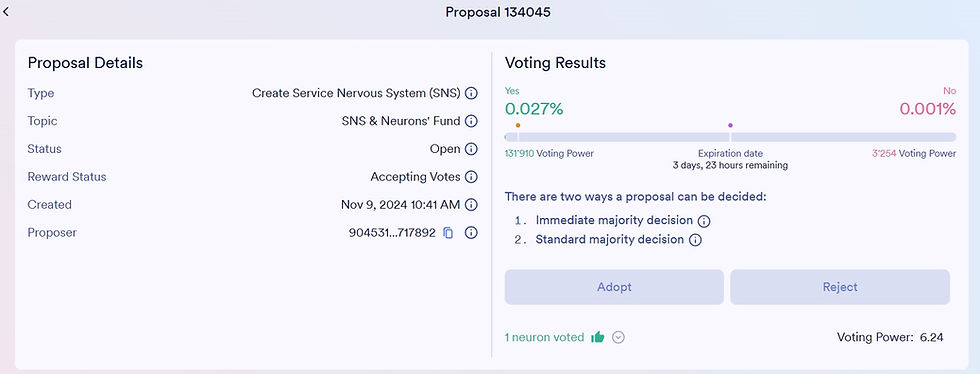How Distributed Ledgers Are Transforming the Future of Financial Transactions
- EKOKE
- Jun 9, 2024
- 2 min read
Understanding

: A Modern Approach to Data Management
A distributed ledger is a consensus of replicated, shared, and synchronized digital data that is geographically spread across many sites, countries, or institutions.
This innovative technology forms the backbone of cryptocurrencies like Bitcoin and Ethereum, but its applications extend far beyond digital currencies.
Core Characteristics of Distributed Ledgers
Replicated Data
In a distributed ledger, data is replicated across multiple nodes. Each node holds an identical copy of the ledger, ensuring data integrity and availability. This replication provides resilience against data loss or corruption, enhancing system reliability.
Shared and Synchronized
Data in a distributed ledger is shared among all participating nodes. Synchronization mechanisms ensure that all copies of the ledger are up-to-date. When a new transaction is added, it propagates across the network, updating every node almost simultaneously.
Geographical Distribution
Nodes in a distributed ledger can be spread across different geographical locations. This distribution enhances the system's fault tolerance. If one node fails or is compromised, others can continue to operate, ensuring the ledger remains accessible and secure.
Consensus Mechanisms
A critical aspect of distributed ledgers is the consensus mechanism. Consensus mechanisms ensure that all nodes agree on the state of the ledger. Popular mechanisms include Proof of Work (PoW), Proof of Stake (PoS), and Practical Byzantine Fault Tolerance (PBFT).
Proof of Work (PoW)
PoW requires nodes to solve complex mathematical problems to validate transactions. This process is resource-intensive but ensures a high level of security.
Proof of Stake (PoS)
PoS relies on validators who hold a stake in the network to confirm transactions. This method is more energy-efficient than PoW and offers robust security.
Practical Byzantine Fault Tolerance (PBFT)
PBFT ensures consensus even in the presence of faulty or malicious nodes. It is particularly suitable for private and permissioned networks where trust is partially established.
Benefits of Distributed Ledgers
Enhanced Security
The decentralized nature of distributed ledgers makes them resistant to hacking and fraud. Any attempt to alter data would require simultaneous changes across a majority of nodes, which is virtually impossible.
Transparency and Immutability
Transactions recorded on a distributed ledger are transparent and immutable. Once added, data cannot be altered or deleted, providing a permanent and tamper-proof record.
Increased Efficiency
Distributed ledgers can streamline processes by eliminating intermediaries. They enable direct peer-to-peer transactions, reducing costs and increasing transaction speed.
Applications Beyond Cryptocurrencies
Supply Chain Management
Distributed ledgers can track goods from origin to destination, ensuring transparency and reducing fraud. They provide real-time visibility into the supply chain, enhancing efficiency and accountability.
Healthcare
In healthcare, distributed ledgers can securely store patient records. They ensure data integrity and accessibility while maintaining patient privacy.
Real estate transactions can be streamlined using distributed ledgers. They provide a transparent and immutable record of property ownership and transaction history.
Conclusion
A distributed ledger is a transformative technology with far-reaching implications. Its core characteristics of replication, sharing, synchronization, and geographical distribution ensure data integrity, security, and efficiency. Beyond cryptocurrencies, its applications span various industries, promising to revolutionize how we manage and transact digital data.




Comments